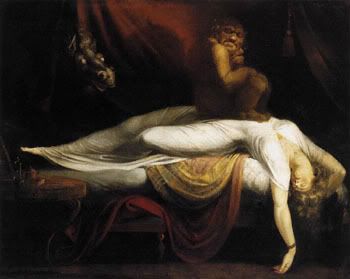 As an illustrated novel, The Sensualist contains a lot of eye-candy that specifically relates to the 16th century anatomist, Andreas Vesalius. I figure I should mention that right from the start, because it's eye-catching, and the first thing that I did before delving into the story was look at all of the beautiful pictures.
As an illustrated novel, The Sensualist contains a lot of eye-candy that specifically relates to the 16th century anatomist, Andreas Vesalius. I figure I should mention that right from the start, because it's eye-catching, and the first thing that I did before delving into the story was look at all of the beautiful pictures.The story, itself, begins in Austria and makes it's way into both Hungary and Germany. The reader follows Helen, an art historian, who is searching for her missing husband and becomes entangled in a mystery involving murder, anatomical art forgeries, and missing Vesalius woodblocks.
It would be impossible to give a really accurate description of how this book reads. It's surreal, and I often felt like I was reading the screenplay of a Jeunet and Caro flick. The characters are beyond eccentric. The settings are visual, and Hodgson's descriptions of the five senses are numerous and interesting. It was well worth my time, and I'll be looking into her other work in the future.






